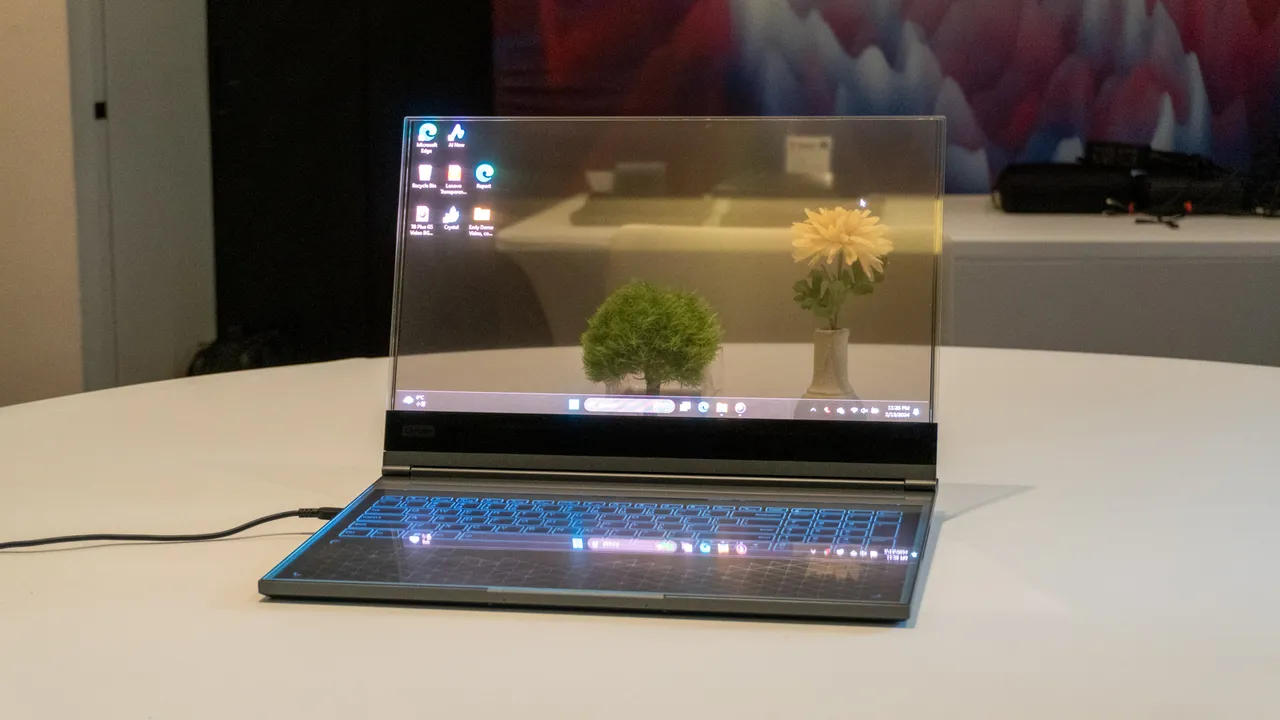The evolution of technology has always been driven by humanity’s desire to make devices more efficient, seamless, and intuitive. Among the latest advancements is the concept of “computer transparent” technology, a paradigm that aims to blur the boundaries between user and machine through seamless integration and intuitive design. This article explores what “computer transparent” means, its applications, benefits, and the challenges it presents.
What is “Computer Transparent” Technology?
At its core, “computer transparent” refers to technology that is so seamlessly integrated into the user experience that it becomes practically invisible. Unlike traditional designs where users are acutely aware of engaging with a computer system, “computer transparent” systems allow people to interact almost effortlessly, prioritizing intuitiveness and streamlined functionality.
The guiding principles of “computer transparent” technology include:
- User-first design: Interfaces designed to feel natural and accessible, requiring minimal training or guidance.
- Seamless integration: Systems that integrate harmoniously with daily workflows, removing friction points.
- Hidden complexity: While the underlying technology may be intricate, its complexity is kept hidden from the user, ensuring an easy and enjoyable experience.
Current Applications of “Computer Transparent” Systems
Although the phrase may sound futuristic, we are already witnessing practical applications of “computer transparent” technology. Below are the most notable areas where this approach is making waves:
1. Transparent Displays
Devices like Lenovo’s ThinkBook Transparent Display Laptop preview how “computer transparent” principles could manifest in hardware. By enabling users to see through the screen, Lenovo creates an augmented reality-like experience that blends digital and real-world environments. For example:
- Architects could sketch directly onto their surroundings while observing real-world structures.
- Transparent screens could assist artists in tracing or creatively blending their work with physical settings.
Although technically not fully realized in mainstream use, this innovation showcases the early potential of “computer transparent” design principles in blending the physical and digital.
2. Intuitive User Interfaces
User interfaces (UI) powered by artificial intelligence are becoming smarter, adapting to user behaviors and minimizing input requirements. Voice assistants like Alexa or Google Assistant serve as prime examples by taking complex tasks (e.g., home automation or scheduling) and making user interaction smooth and conversational.
3. Healthcare Solutions
Medical devices often use “computer transparent” technology to simplify complex processes. An example is wearable health trackers that process intricate health metrics in real-time and present the findings in straightforward graphs or recommendations on mobile apps.
4. Augmented Reality (AR)
AR technology embodies transparency by overlaying enriched virtual experiences directly onto the real world. Applications include:
- Retail displays to visualize products in customers’ own spaces.
- Industrial tools that guide technicians through hands-free repair processes.
5. Machine Learning in Everyday Software
Applications like predictive text tools, advanced grammar checkers, or recommendation algorithms in media platforms subtly integrate machine learning into the user experience without drawing attention to the underlying complexity.
Benefits of “Computer Transparent” Technology
The rise of “computer transparent” systems offers immense advantages for both individuals and businesses:
1. Ease of Use
By prioritizing simplicity, businesses can break down barriers for users who may not be tech-savvy. A seamless interface ensures ease of interaction, encouraging wider adoption.
2. Enhanced Productivity
Removing complexity allows users to focus on their core tasks rather than worrying about how to operate the system. For businesses, this can result in faster decision-making and more efficient workflows.
3. Greater Accessibility
With intuitive designs, individuals with varying levels of experience (or those with disabilities) can easily interact with these systems. For instance, “computer transparent” accessibility tools could help create more inclusive environments both digitally and physically.
4. Competitive Advantage
For businesses, adopting transparent systems can distinguish them in the marketplace by delivering next-level convenience to their customers.
Challenges & Ethical Considerations of “Computer Transparent” Systems
While the potential of “computer transparent” technology is vast, its adoption is not without challenges and ethical dilemmas:
1. Over-reliance
The more “invisible” technology becomes, the higher the risk of users becoming overly reliant on systems they cannot fully understand or independently operate. This could lead to vulnerabilities, particularly in mission-critical applications.
2. Data Privacy
With transparent systems often leveraging user data to create personalized or intuitive interactions, privacy concerns are inevitable. How this data is stored, managed, and used must be transparent in and of itself to avoid ethical issues.
3. Complexity of Design
Creating a truly seamless, computer-transparent experience is no small feat. The behind-the-scenes complexity of designing these systems requires advanced expertise and considerable investment.
4. Limited Initial Use Cases
Take Lenovo’s transparent laptop as an example. The impressive sci-fi design has incredible potential, but its real-world practicality and scalability remain unclear. Finding “killer applications” for novel innovations like these may take years of iteration.
The Road Ahead for “Computer Transparent” Technology
The concept of “computer transparent” technology continues to push the boundaries of modern design, striving to make computing experiences more natural and user-focused. Recent advancements in transparent displays, AI-driven personalization, and augmented reality integration highlight how businesses are moving toward systems that prioritize seamless experiences and intuitive design.
For tech enthusiasts and developers, this represents an exciting opportunity to rethink how humans interact with machines. However, as adoption grows, ongoing conversations about ethical design practices, data privacy, and inclusive accessibility will be critical to ensuring that “computer transparent” systems serve the broader good.
Whether you are a software developer looking to explore innovation or just someone who appreciates technology that makes life easier, “computer transparent” concepts are paving the way for a more responsive and efficient digital era.
If you’d like to explore examples like Lenovo’s transparent laptop in detail, check out this Verge article for more insights into the cutting edge of transparency in tech.








